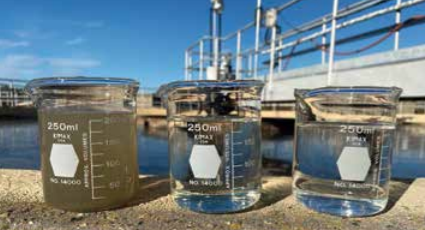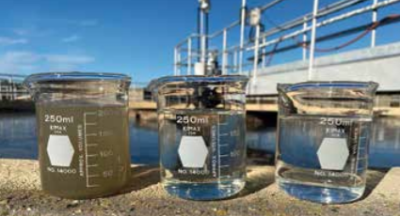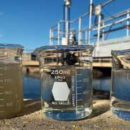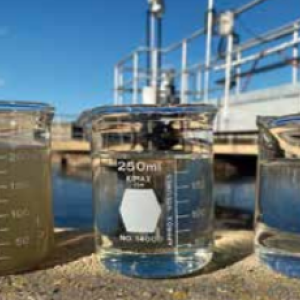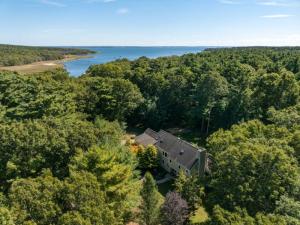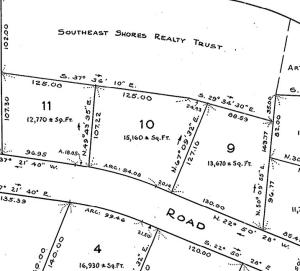Proposed plant would treat Marion waste
MARION — After years of research and public outreach, the Buzzards Bay Coalition has released a comprehensive plan for a regional wastewater treatment plant that would treat waste from Marion and other area communities.
The plant, which would be located in Wareham, could reduce pollution in the bay with a discharge pipe for clean water in the Cape Cod Canal.
Under the proposed plan, the plant would treat waste from Wareham, Mass Maritime and parts of Plymouth and Bourne in addition to Marion.
Using a centralized treatment plant would ensure the water was cleaned to a high standard, and expanded capacity would allow a number of homes that currently use septic tanks to connect to the sewer.
The Buzzards Bay Coalition spearheaded the proposal as part of its work to clean up and preserve the bay. According to a newly released feasibility study, the regional plan is the most cost-effective and environmentally sound solution.
“The story’s been kind of coming out in pieces,” Buzzards Bay Coalition President Mark Rasmussen said Monday. “Here it’s finally in one place. Everybody’s just happy to see the full story now.”
The coalition’s calculations show that the regional treatment plant would remove 90,000 pounds of nitrogen from the bay, which is the equivalent of 10,000 homes worth of waste.
The Mass Maritime outfall pipe is well-suited for regional use because the fast-moving currents at that location would quickly disperse the treated water, the coalition has said. The Wareham facility currently discharges treated water into the Agawam River, which is sensitive enough that the amount of treated water that can be released there is limited.
Wareham’s plant was chosen as the center of the plan because of its track record of removing more than 90 percent of nitrogen from wastewater. By contrast, a new water treatment plant recently built in Bourne was designed to remove only 75 percent of nitrogen from wastewater.
“The water quality issues are not going away,” Rasmussen said. “Water quality across the upper bay is nowhere close to where we all deserve it to be.”
Rasmussen said there are two common misconceptions when people talk about wastewater.
There’s a general lack of awareness, he said, that septic systems don’t actually remove nitrogen pollution. New homeowners may get a septic system along with a new home, but the systems aren’t built to remove the element, so nitrogen pollution continues.
Conversely, Rasmussen said, modern wastewater plants are exceptionally good at removing nitrogen and other pollutants from water. Wareham’s wastewater plant is especially highly rated, Rasmussen said, and does a good job at removing most of the nitrogen from untreated water.
Rasmussen said the assessment reflects one regional answer for the communities, though the towns retain the choice of whatever solution they feel is the best fit. The assessment looks at one configuration of a regional partnership between the towns, and the proposed wastewater district would require buy-in from each town via at least two Town Meeting votes each.
“That would be way down the road,” Rasmussen said, adding that the coalition did not evaluate “go-it-alone” options for each town, as those would be up to individual communities.
For now, the next steps for the coalition are to answer questions posed by the towns about the feasibility assessment and support them.













